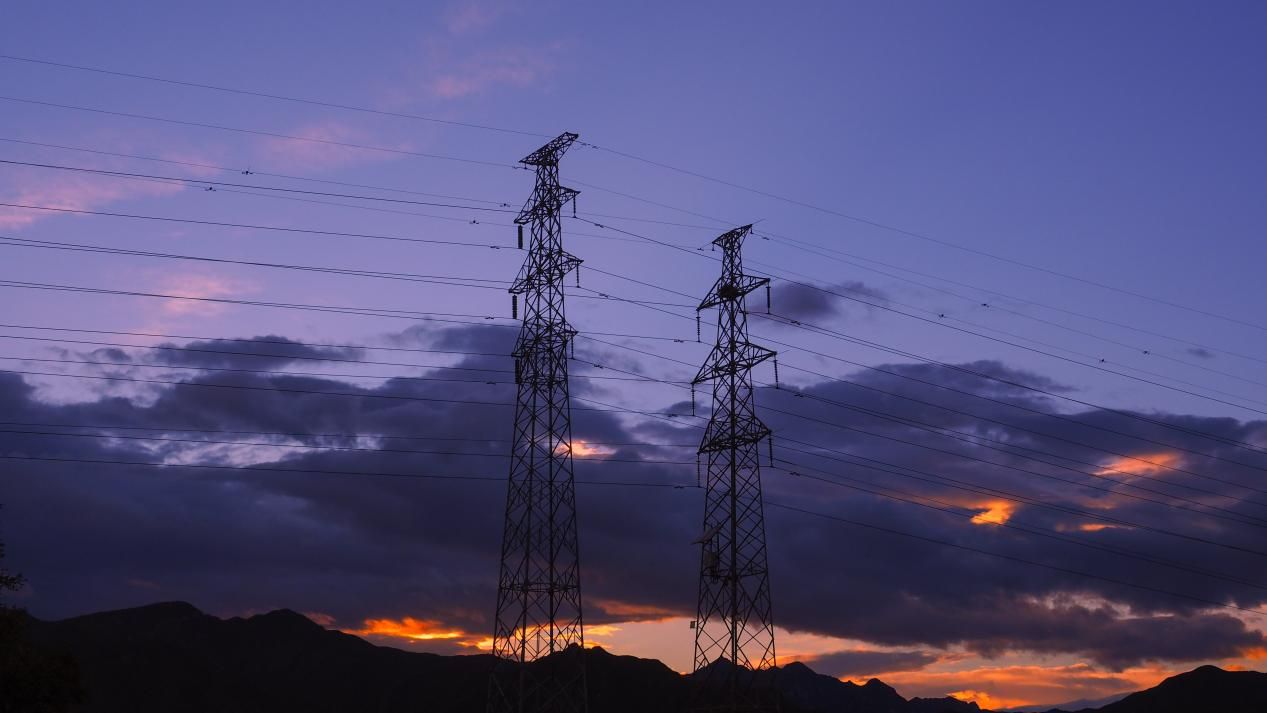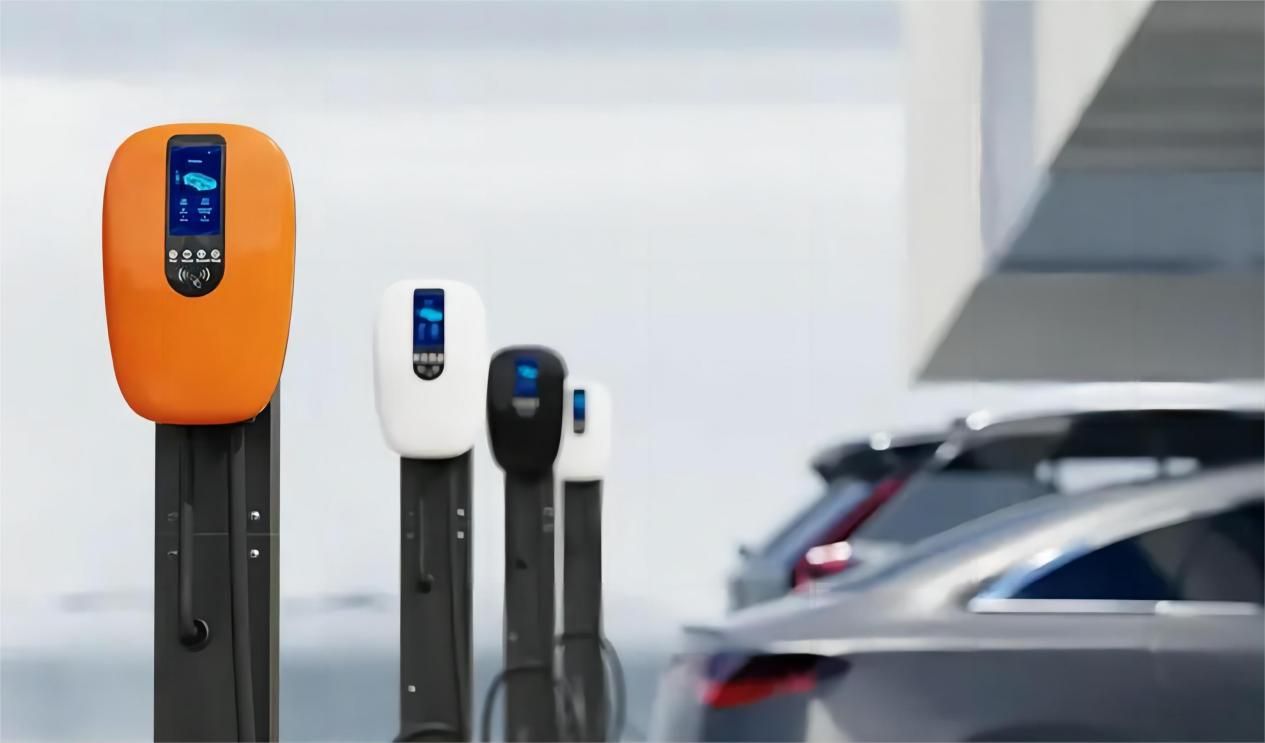Electric Grids Struggle to Keep Pace with Soaring Electric Vehicle Adoption, Warns International Energy Agency
The rapid rise in electric vehicle (EV) adoption is posing significant challenges for electric grids worldwide, according to a recent analysis conducted by the International Energy Agency (IEA). The report highlights the urgent need to develop and upgrade grid infrastructure to meet the surging demand for electric mobility while ensuring a reliable and sustainable energy supply.
Growing Pressure on Electric Grids:
With EV sales reaching new heights, electric grids are facing mounting pressure. The McKinsey & Company analysis predicts that, by 2030, the European Union alone will require a minimum of 3.4 million public charging points. However, the IEA report reveals that global efforts to bolster grid infrastructure have been inadequate, jeopardizing the future of the EV market and hindering progress towards climate targets.
The Need for Grid Expansion:
To meet the challenges posed by EVs and achieve ambitious climate goals, the IEA underscores the necessity of adding or replacing approximately 80 million kilometers of electric grids by 2040. This substantial upgrade would match the total length of all currently active grids worldwide. Such an expansion would require a significant increase in investment, with the report recommending doubling annual grid-related investments to over $600 billion by 2030.
Adapting Grid Operation and Regulation:
The IEA report emphasizes that fundamental changes are required in grid operation and regulation to support the integration of electric vehicles. Uncoordinated charging patterns can strain grids and result in supply disruptions. To address this, the report suggests the deployment of smart charging solutions, dynamic pricing mechanisms, and the development of transmission and distribution networks that can handle the increased demand for electricity.
Innovation in Charging Infrastructure:
Industry players are taking steps to alleviate the strain on electric grids. Companies like GRIDSERVE are utilizing advanced technologies such as lithium-ion batteries and solar energy to offer high-power charging solutions. These innovative approaches not only minimize the impact on the grid but also contribute to the overall resilience of the charging infrastructure.
The Role of Vehicle-to-Grid Technology:
The integration of vehicle-to-grid (V2G) technology holds great promise in mitigating grid challenges. V2G allows EVs to not only draw electricity from the grid but also return excess energy back to it. This bi-directional flow of energy enables EVs to serve as mobile energy storage units, supporting grid stability during peak demand periods and enhancing overall grid resiliency.
Conclusion:
As the global transition towards electric mobility gains momentum, it is imperative to prioritize the development and upgrading of electric grid infrastructure. Adequate grid capacity and functionality are essential to meet the rising demand for EV charging and to ensure a reliable and sustainable energy supply. With concerted efforts in grid expansion, modernization, and innovative charging solutions, the challenges posed by the electrification of transportation can be effectively addressed, paving the way for a greener and more sustainable future.
Lesley
Sichuan Green Science & Technology Ltd., Co.
0086 19158819659
Post time: Dec-16-2023






